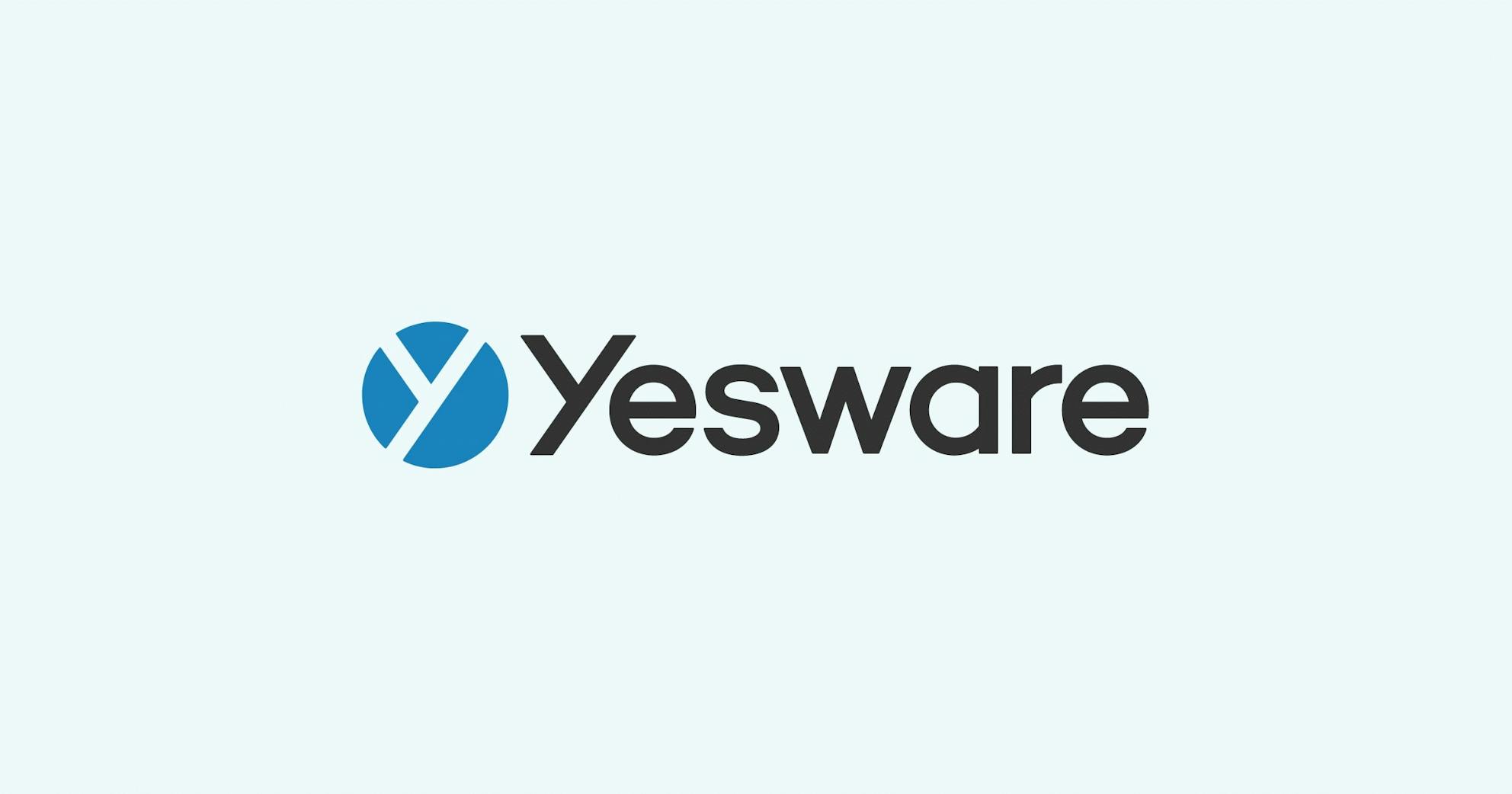Are Sales Incentives Hurting Your Company’s Performance?
Nacie Carson
Approximately 40% of American companies use sales incentives, such as commissions and bonuses, to motivate their sales team and drive sales.
But new research finds that this time-honored motivation strategy may be doing companies more harm than good, compared to more creative, diverse, or collaborative incentives.
The Research
In 2010, American companies reportedly devoted $200 billion to large, short-term incentives (LSTIs), which almost equaled the total amount spent on media advertising for the same year ($241 billion). Business owners like Michael Brunet, partner and director at Harry and Company, a financial planning firm, think of LSTIs as “the oxygen to your business.”
In spring 2012, a group of researchers from Carnegie Mellon, UMass, and Northwestern published a paper in the Journal of Personal Selling and Sales Management entitled “Breaking the Sales Force Incentive Addiction: A Balanced Approach to Sales Force Effectiveness.” It reported that LSTIs often created undesired organizational consequences that hurt overall performance, including myopic focus on short-term accomplishment, cultural damage, and a lack of adaptability to increasingly complex sales cycles.
The researchers included Dr. Andris Zoltners, Dr. Prabhakant Sinha, and Sally Lorimer; their conclusions were drawn from surveying over 1,000 sales leaders from companies around the country as well as an assessment of academic sales research over the last decade.
“We see sales leaders jumping to incentives as a primary solution for many sales management challenges,” the authors wrote, “from improving attraction and retention of the best salespeople to energizing and motivating complacent sales teams, to improving customer satisfaction.” Sales managers are so focused on incentives, the authors note, that about 80% of American companies make major changes to their LSTI programs every two years or less.
Yet all this focus on LSTIs can compromise long-term company results: such a short-term focus on sales wins can mean there is too little time spent building longer term relationships with clients or prospects or improving sales skills.
While Mr. Brunet of Harry and Company can’t validate the researchers’ results, stating, “I don’t know why you would not offer bonuses or commissions to your sales employees…it just makes everybody happier when you get a bonus check.”
Deborah Sweeney, CEO of MyCorporation.com, can: “Sometimes, when traditional incentives are out of reach, our sales team members give up, which hurts customer service.” This is why MyCorporation.com, an online document filing service, blends traditional and creative incentive approaches. Over the years, Ms. Sweeney has found she gets the best balance of sales results and customer service through both traditional LSTIs and more creative incentives, or what Zoltners, Sinha, and Lorimer refer to as sales force effectiveness (SFE) drivers. She states, “We find that traditional methods give our sales team a predictable reachable goal. But creative incentives can supplement traditional ones by adding a layer of excitement to the day-to-day sales goals.”
MyCorporation.com offers include trips, afternoon excursions for teams, group contents, and little luxuries like a free coffee for the individual with the highest numbers before noon. The challenge about this strategy, Ms. Sweeney notes, is making sure “we’re not spending more on creative incentives than we are making. We don’t want to impact profitability.”
Incentivizing Sales Collaboration
As the complexity of the sales process increases across industries, so does the need for collaboration among salespeople; according to Zoltners, Sinha, and Lorimer, collaboration should be incentivized. Their data indicates that the industries with the most complex sales processes include customized high-tech products, consumer packaged goods (HQ), and specialty chemicals, followed in complexity by medical devices, investment for high net worth individuals, and some pharmaceuticals. Lower complexity industries that, according to their research, may still find LSTIs alone valuable for increasing profitability include consumable office products, bulk chemicals, consumer packaged goods (merchandizing).
Ms. Sweeney notes that implementing creative incentives has helped MyCorporation.com leverage team sales more effectively, stating “[creative incentives] creates camaraderie and focus and often when they are team-based incentives gets the team working together.” The result is an increase not only in sales but also in customer service and experience.
What do you think? Do traditional LSTIs help or hurt your business’s performance?
Hungry for more? Check out these 9 ways setting an unattainable quota hurts your bottom line.
Get sales tips and strategies delivered straight to your inbox.
Yesware will help you generate more sales right from your inbox. Try our Outlook add-on or Gmail Chrome extension for free, forever!
Related Articles
Casey O'Connor
Casey O'Connor
Casey O'Connor
Sales, deal management, and communication tips for your inbox

